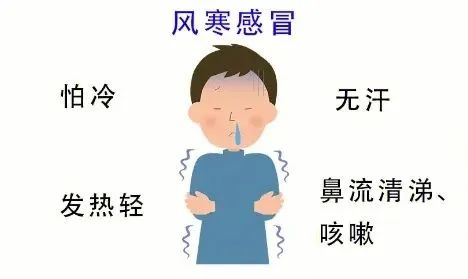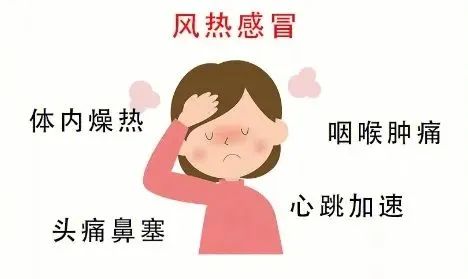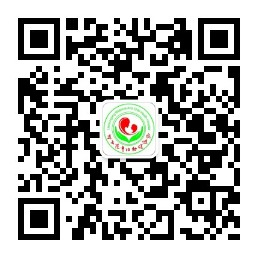“Wind-Heat” OR “Wind-Cold” Understanding ‘Wind-Heat Cold’ and ‘Wind-Cold Cold’ in TCM
Recently, the temperature in the harbor city has dropped sharply, with significant day and night temperature differences, marking the onset of the cold season. Each time a cold occurs, many parents struggle to distinguish between ‘Wind-Cold Cold’ and ‘Wind-Heat Cold’, making it difficult to use the correct medication. Today, let’s learn to differentiate between them.
Wind-Cold Cold

Let’s first look at the guidelines regarding Wind-Cold Cold:
Main Symptoms and Tongue-Pulse: Nasal congestion, clear nasal discharge, chills, body aches, and in severe cases, pain; tongue coating is thin and white, pulse is floating or floating and tight.
Secondary Symptoms: Sneezing, throat itch, cough, fever, no sweating, headache[1].
At first glance, it may seem confusing, so let me highlight the key points:Chills are a critical symptom; Wind-Cold colds will have a particularly noticeable fear of wind and cold. This cold sensation is not just a simple feeling of being cold, but an intense cold, where no matter how thick the clothing or blankets, one still feels cold. The body feels like a large ice block that cannot be warmed.
Wind-Heat Cold

Main Symptoms and Tongue-Pulse:Fever, aversion to wind, dry throat or even throat pain, red tongue tip, thin white or thin yellow tongue coating, floating or rapid pulse.
Secondary Symptoms: Nasal congestion,thick nasal discharge, dry and hot nasal passages, dry mouth, thirst, throat itch, cough, body aches, headache[1].
The key points here are fever, mild or no aversion to cold, and thick nasal discharge, which are crucial for distinguishing the Wind-Heat type.
Exterior Cold with Interior Heat Syndrome[2]
Main Symptoms: Fever, chills, shivering, headache, eye pain, body aches, sneezing, nasal congestion, alternating clear and thick nasal discharge, red and painful throat, constipation, red tongue, thin yellow or thin white coating, floating and rapid pulse, or floating purple fingerprints.
In simple terms, the Exterior Cold with Interior Heat syndrome isbased on the Exterior Cold syndrome with additional Interior Heat syndrome, where there is not only a significant aversion to cold but also symptoms of clear and thick nasal discharge indicating interior heat.
Spicy Cool and Spicy Warm Release the Exterior
No matter which type it is, a cold will initially present a similar group of symptoms overall. The most common symptoms include body aches, fatigue, dizziness, headache, nasal congestion, runny nose, throat pain or discomfort, and cough.
Since the external pathogenic factors have just invaded the body’s surface, this type of syndrome is also referred to in TCM as “Exterior Syndrome”.
Therefore, regardless of the type, as long as it is an Exterior Syndrome, treatment should focus on releasing the exterior. This means that when facing the initial symptoms of a cold, regardless of the symptoms, one should first consider choosing medications that have the effect of releasing the exterior.
For Wind-Heat Cold: we need to use Spicy Cool to release the exterior.
For Wind-Cold Cold: we need to use Spicy Warm to release the exterior.
For Exterior Cold with Interior Heat: we need to release the exterior cold and clear the interior heat.
These effects are all indicated in the TCM patent medicines.
Of course, for accurate and quick differential medication to cure a cold, it is best to consult a professional doctor for diagnosis.
 The Department of Maternal and Child Pharmacy provides you with professional pharmaceutical knowledge
The Department of Maternal and Child Pharmacy provides you with professional pharmaceutical knowledge
References:
1. “Guidelines for TCM Diagnosis and Treatment of Common Colds (2015 Edition)”
2. “Guidelines for TCM Diagnosis and Treatment of Influenza in Children”
3. Some content is adapted from the article “How to Distinguish Between Wind-Cold, Wind-Heat, and Exterior Cold with Interior Heat” from the ‘Danggui TCM Classroom’ public account.
4. Images are from the ‘Yueyang Maternal and Child Health TCM Department – Understanding Wind-Cold Cold or Wind-Heat Cold’ article.

